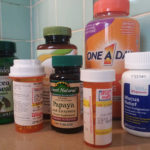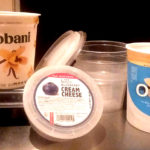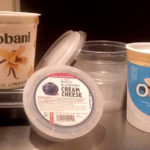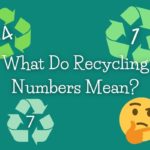Why Can’t I Recycle Butter and Yogurt Tubs?
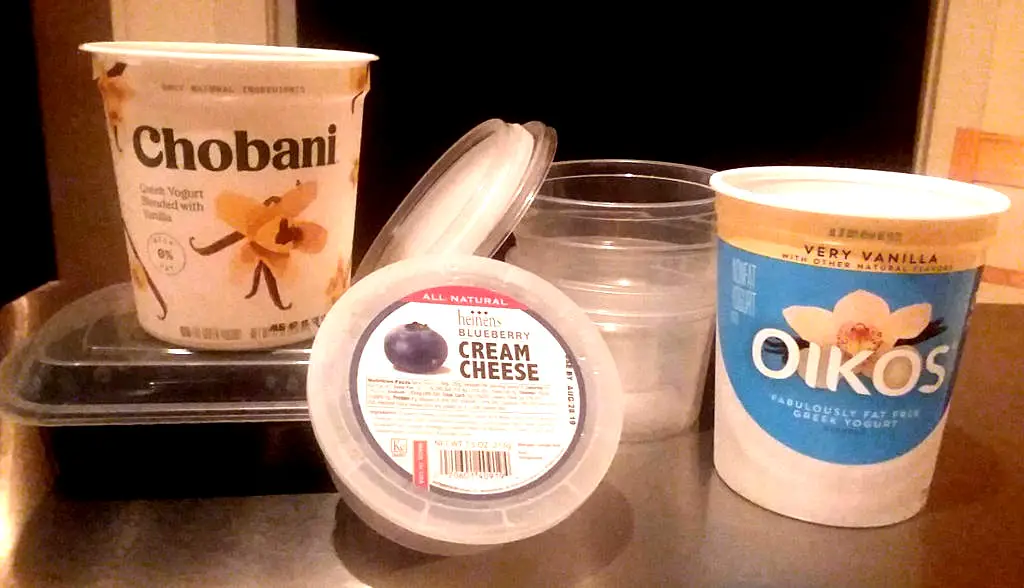
Why Can’t I Recycle Butter and Yogurt Tubs?

You may have been told recently by your local recycling department that you should no longer include plastic tubs in your recycling. These are the types of plastic containers that hold yogurt, butter, cream cheese and other soft spreadable food items. Takeout food from restaurants often comes in these types of containers too. You probably used to be able to throw them in your recycling bin with all the other plastics. So why aren’t plastic tubs recyclable anymore?
How plastic recycling works
The first thing to understand is that all plastic loses some of its flexibility every time it is melted and remolded into something new. Plastics are made of strings of polymers. Every time plastic is melted down, those strings get shorter and shorter, becoming less flexible and more brittle. Metal and glass are not like that. They can be recycled over and over again without losing their strength or essential properties. But plastic is different.
This means that plastic items are not always able to be melted down and turned back into the same item again unless they are mixed with some virgin plastic. Some plastics can only be recycled into rigid plastic material like patio furniture or maybe toothbrush handles, plastic forks and spoons, something like that. And then after that point, they can’t be recycled anymore.
Plastics with the lowest number (#1 and #2 inside that familiar recycling symbol) are the most easily recyclable and have the most value to recyclers. The farther down the line you get with the various recycling numbers, the less value the plastic has for reuse. The packaging industry really only wants bottles and jugs, which are made of the valuable #1 and #2 plastics. Butter tubs, yogurt, cream cheese and takeout containers are usually made with #5 plastic, which is not as cost-effective to recycle.
So why was I able to recycle plastic tubs before?
Up until a couple years ago, almost all of our recycling in the United States got shipped to China, and they weren’t very picky about how it came to them. But that all changed and they started cracking down. They are no longer willing to accept barges full of a mix of “recyclables” which are mostly trash. Our U.S. recycling industry has been scrambling to catch up ever since.
Once this decision by China went into effect, recycling, which used to be at least a little profitable, has become a money-losing business. So the recycling pickup services have had to become much more strict with residents about what they will and won’t accept in the curbside recycling bins to try to get back on track and simplify the sorting process at the recycling facility, focusing only on materials that have some monetary value.
Check with your local solid waste district to see what is and is not accepted these days in your recycling bin. When it comes to plastic, most recyclers only want bottles and jugs. These are the only plastics for which there currently is a decent market. My community defines it as “only plastics with a neck.”
What can I do with plastic tubs?
If you can avoid buying stuff in plastic tubs, that’s your best option of course. There currently aren’t any great options for recycling #5 plastic if it’s not offered by your local recycling program. For more information on recycling #5 plastic, visit this article with an update on the options.

